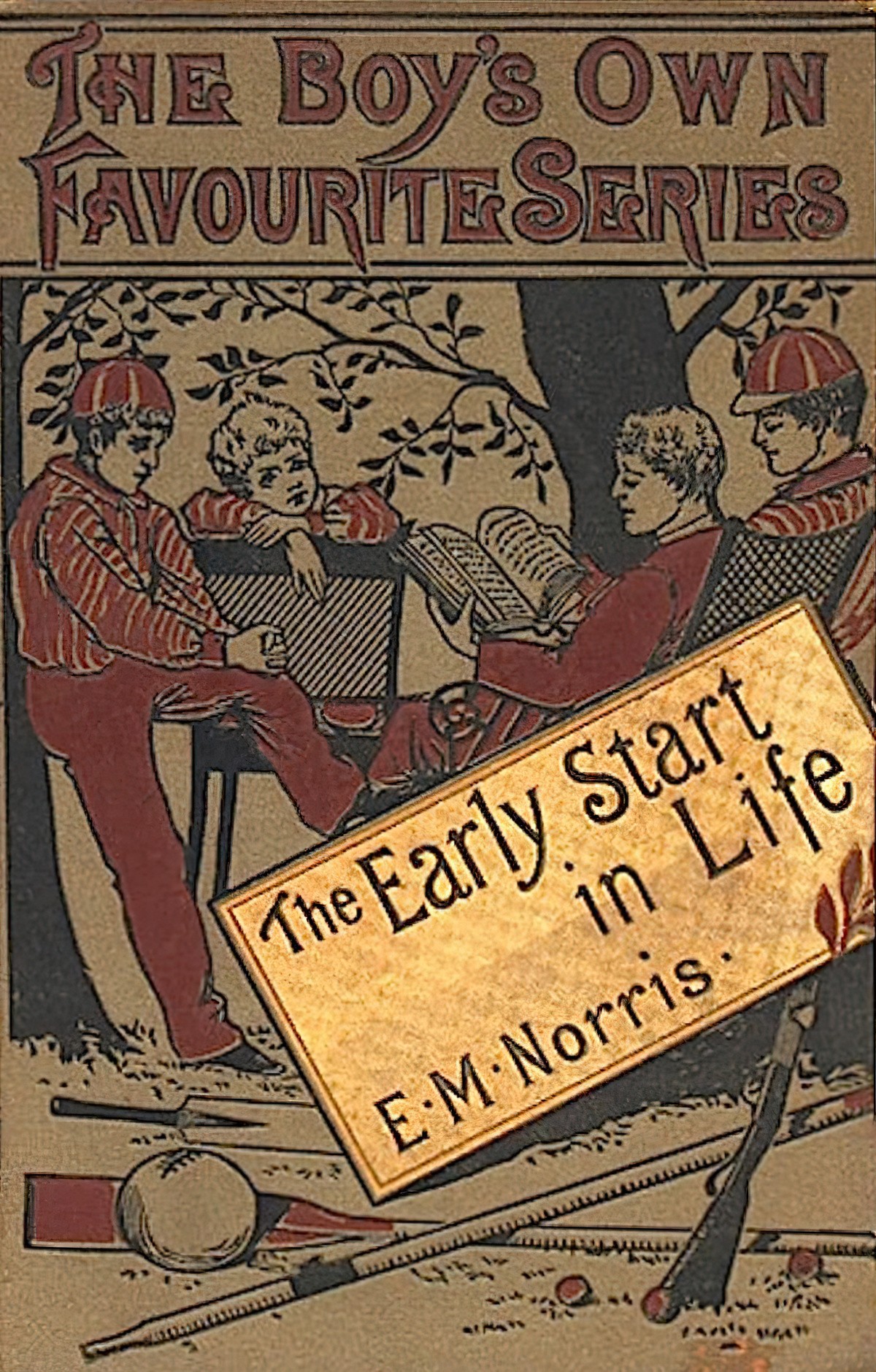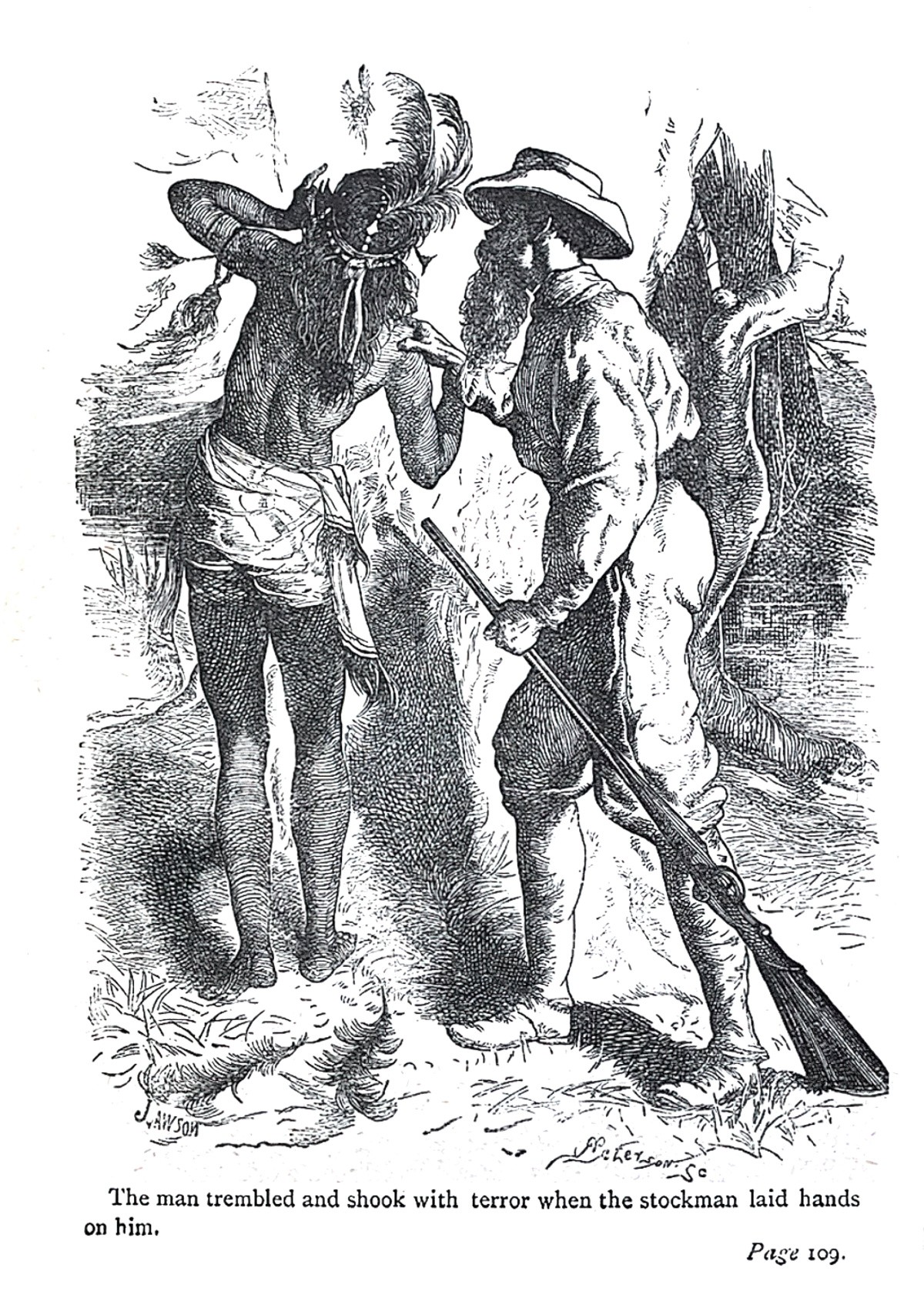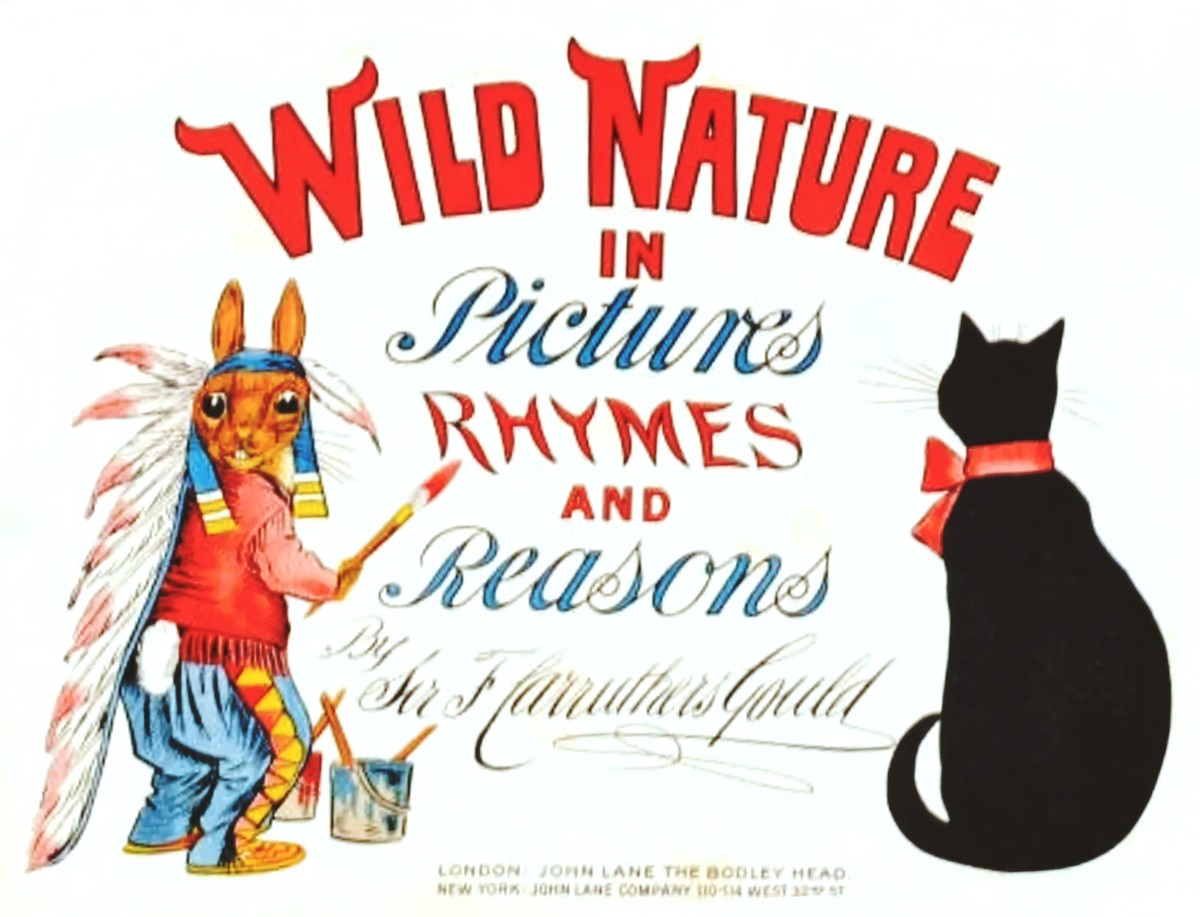Best Selling Children’s Books In Britain
A.A. Milne’s Winnie-the-pooh stories in the 1920s
Peter Pan, which few children find readable today, was the first novel in which ordinary children enter a magic world and have an adventure there – something that readers of Alice in Wonderland, The Chronicles of Narnia, Harry Potter and His Dark Materials will recognise.
Robert Louis Stevenson’s Treasure Island has also fallen out of favour with present-day readers, but any number of adventure stories, from Rudyard Kipling’s The Jungle Book to The Action Hero’s Handbook derive from it. Stevenson’s young hero, Jim Hawkins, foreshadows the plucky resourcefulness of Anthony Horowitz’s reluctant teenage spy, and Eoin Colfer’s criminal mastermind Artemis Fowl.
Enid Blyton (the most prolific of British children’s authors)
Roald Dahl
David Walliams is the new Roald Dahl, and has been paired with Roald Dahl’s illustrator Quentin Blake, so the publishers are obviously pushing that comparison, too.
Julia Donaldson is currently one of the biggest selling picturebook authors, paired with illustrator Axel Scheffler
Jacqueline Wilson writes gritty realistic stories for adolescent readers and has been criticised by conservative adults for introducing horrible things to children who are too young to deal with it
J.K. Rowling of course, who is popular all around the world, and has perplexed children’s literature academics as to how on earth the Harry Potter series has been sooo successful given the many similar works which, by any yardstick, are just as good.
The ‘classics’ are generally thought to be: Lewis Carroll, Rudyard Kipling, Frances Hodgson Burnett, Arthur Ransome, William Maybe, Philippa Pearce. (Of course, the notion of ‘classic’ is problematic.)
On Wikipedia British children’s literature has been grouped by century to make it more manageable:
- 18th Century British Children’s Authors
- 19th Century British Children’s Authors
- 20th-century British children’s literature
- British children’s and young adults’ authors active between 1900 and 1949
Geographical Subcategories
Then there’s the thing this non-Brit can never get my head around in which Britain/UK/British Isles comprises separate areas:

Children’s books have become less violent. Here’s your disturbing evidence:

Even in England, children’s books frequently Native Americans in bad light. I’ll only share the frontispiece to this particular book, which has far more disturbing images

A Brief History Of British Children’s Literature
The 1740s are commonly regarded as the decade in which both the English novel and the English children’s book got under way. This is connected to new ways of thinking. There was a rise and growing refinement of the middle classes in the 18th century. A growing number of people had the time, the money and the education to read books. Middle class readers were more domestic — they had their own homes — no more great houses or street bustle. Children stopped being dressed as little adults and a specific idea of childhood emerged. Children started to call their parents ‘mamma’ and ‘pappa’.
Publishing houses also started up around this time. Generally until the mid 18th century, people who sold books also made them themselves.
John Newbery (1713-67) was an influential person in the children’s publishing trade. He was wealthy, but not for his interest in printing books for children — he had another job selling pharmaceutical products, and bought the rights to sell Dr James’s Fever Powder, which took off. He married the widow of the previous owner of a printing house, which is how he started in the printing business. He published 30 titles for children. It’s thought he wrote a number of those himself, but no one knows exactly which ones; he employed cheap hacks to write many of them.
Of the titles published by Newbery, the most influential was ‘Goody Two Shoes’.

Though Newbery was English, and his books have fallen out of common use, his name lives on in the prestigious prize for American literature; Newbery was as influential to American children’s literature as he was to English.
In the 1840s less didactic books started to be written, though didacticism was by no means dead. e.g. Captain Marryat’s adventure stories, pointing the way to Ballantyne, Kingston, Robert Louis Stevenson and Henty.
In the 1860s through 1930 or so, English children’s literature was characteristic for its misgivings about Christianity and the wish to create imaginary paradises as alternatives. e.g. The Water Babies, Lewis Carroll, George MacDonald. There was a desire to destroy the old order. On the other hand, Winnie-the-Pooh, Wind in the Willows, books of E. Nesbit, Richard Jeffries’ Bevis etc. the authors’ disenchantment with religion led not to destruction but to the construction of green alternatives. (Enchanted places, arcadias, never-never lands.)
By the end of the 18th C, the writing of children’s books was considered to be a job suitable for gentlewomen: Anna Letitia Barbauld, Lady Fenn, Priscilla Wakefield, Dorothy and Mary Jane Kilner, Mary Elliott. These ladies mixed didacticism with a little fun.
There were also some fierce old Puritans: Mrs Trimmer, Mrs Sherwood.
Then there were the English followers of Rousseau: Maria Edgeworth, Mary Wollstonecraft (mother of Mary Shelley, incidentally). Rousseau was all for naturalness and simplicity (the language of the heart, the idea of the Noble Savage.) The fact that Rousseau didn’t like books has been forgotten — he had an unintended influence on children’s literature regardless.
The educational purposes of literature have always been an issue, with official reports and curriculum documents from the 1920s emphasising the importance of the role of literature. By implication, children’s literature is influenced by the educational market. The English National Curriculum has spawned a market for certain classroom aligned topics.
In Britain as in America, attention has been given to ‘diversity’ in children’s literature since the 1970s, when it was noticed that a fantasy world populated by middle class white boys isn’t really all that great. However, that hasn’t had much effect. Books which were criticised in the 70s are still being used widely in schools. White middle class male characters still dominate.
Homer, Dickens and Defoe wrote for adults, but their stories are often offered to children in simplified form.
In older works, the notion of the ‘gentleman’ is very important.
In the 1890s, British children’s literature was utopian. By the 1990s it was all about children’s needing to/struggling to grow up.
The First Golden Age, which took off in the 1850s, thanks to the increasing number and status of children, was particularly dominated by five authors: JM Barrie, Robert Louis Stevenson, E Nesbit, Frances Hodgson Burnett and Anna Sewell. These authors have been hugely influential on subsequent authors.
The First Golden Age of children’s literature ended with WW1, meaning this was the end of the dominance of Arcadian-type books. However, the era of utopian domestic fiction or animal stories definitely didn’t end then.
Carnivalesque children’s stories were popular mid 20th Century. (e.g. The Hobbit, the Narnia Chronicles)
The decade of the 1920s was a sorry one in England, with few new stories being published, and old ones being reprinted which were nonetheless second-rate. (This contrasts with America, where children’s literature was starting to boom.)
Swallows and Amazons by Arthur Ransome (starting in the early 1930s) marked the beginning of a story now seen as far from ‘realistic’, but Ransome did write seriously and without condescension, similar to the ‘realistic’ writers of today. There are 12 in the series published over 18 years, but the time span they cover is only 5 years. In these books there’s a clear preference for country over town, for wind-power over mechanization. The parents are understanding figures in the background and the children are always right-minded. In the books, they are always on holiday.
Ballet Shoes (1935) by Noel Streatfeild was the beginning of a new genre: The career novel. This book and all that followed by the same author were all based on detailed research.
In Britain, the 1950s were a hopeful decade. Publishing houses at last appointed children’s editors with standing and ambition. Puffin Books had been established by Penguin during the war with Eleanor Graham as editor. This company became the world’s first major children’s paperback imprint. A new wave of writers included: Rosemary Sutcliff, Philippa Pearce, William Maybe and artists such as Brian Wildsmith and Charles Keeping.
By the 1960s many talented writers had been attracted to the children’s book world. Educators started to take notice of children’s literature. The term ‘reluctant reader’ first started being used. A big complaint of books of this era was that they were too middle class. They reinforced the existing social structure.
The recession of the 1970s hit Britain as much as it hit America. A declining library market meant that publishers became more dependent on sales in the bookstores (and supermarkets) with the result that they were on the whole selling to less informed purchasers than the librarians. There was more demand for shelf appeal and less for literary quality. Even libraries started to look for popularity rather than literary merit.
While American children’s literature tries to be conservative, British children’s literature encourages children to grow up.
By the mid 1990s, experienced editor David Fickling said, ‘Nothing can save the hardback at its present price‘. Gone were the days of ‘librarian books’, which only librarians knew about and would recommend to their more discerning child readers alongside the top sellers.
In both America and Britain there has been a swing from library to bookshop sales. Books are published by corporations which operate on both sides of the Atlantic. Fiction for older children suffers most because while adults are happy to guess at what a toddler wants to read, they’re less likely to guess what an older child is interested in, and don’t gift books so readily.
While there were plenty of new writers in Britain in the 1950s-1970s, there has been a dearth of them since then. Too high a proportion of the worthwhile children’s books of the 1980s came from writers whose reputations were already made.
Realism started mainly in America, but has made its way to Britain.
Fantasy continues to be huge in YA everywhere, but historical fiction has taken a steep dive. The historical story has traditionally had high standing in Britain. The standard is still very high, but there has been a shift in the perception of children’s needs. It used to be thought that an education in history was necessary for children but now it’s thought that history lacks relevance for children. The big name in British historical fiction is Rosemary Sutcliffe (1920-1992). The young heroes of historical novels tended to be very right-thinking and upright. The trend is towards replacing such heroes with ‘real children’, whose flaws are obvious. (See also: notes on Historical Realism)
It used to be easy for Britain to sell its writers in America, but now it’s more the other way around — British teens are reading American fiction but not so much the other way around. One or two generations ago, most British children would hardly have been aware of quality American literature.
Children’s literature is getting less and less attention in major newspapers and magazines, and the status of children’s authors is low.
Picturebooks started to bloom in the 1960s. (In America they had started to bloom after the second world war.) Leading names of the 1960s: Charles Keepings, Brian Wildsmith. John Birmingham and Quentin Blake also started illustrating for children in the late 1960s.
Today, children’s books, new and old, are actually what is keeping publishers in business.
Features of British Children’s Literature
- Food fantasies are important in children’s literature because children, ideologically, are supposed to be very interested in food. But in British children’s literature food has been particularly copious and rich and sweet. Fat-laden foods are frequently served to children who seem to have huge appetites. Food in seemingly never-ending quantities is a regular feature in classic British stories for children, but can also be seen echoed in many early Australian stories such as The Magic Pudding.
- Traditionally, British children’s literature is good at fantasy whereas American children’s literature is great on realism, but of course now you find great realistic stories coming out of Britain and great fantasy coming out of America, not to mention the rest of the world.
